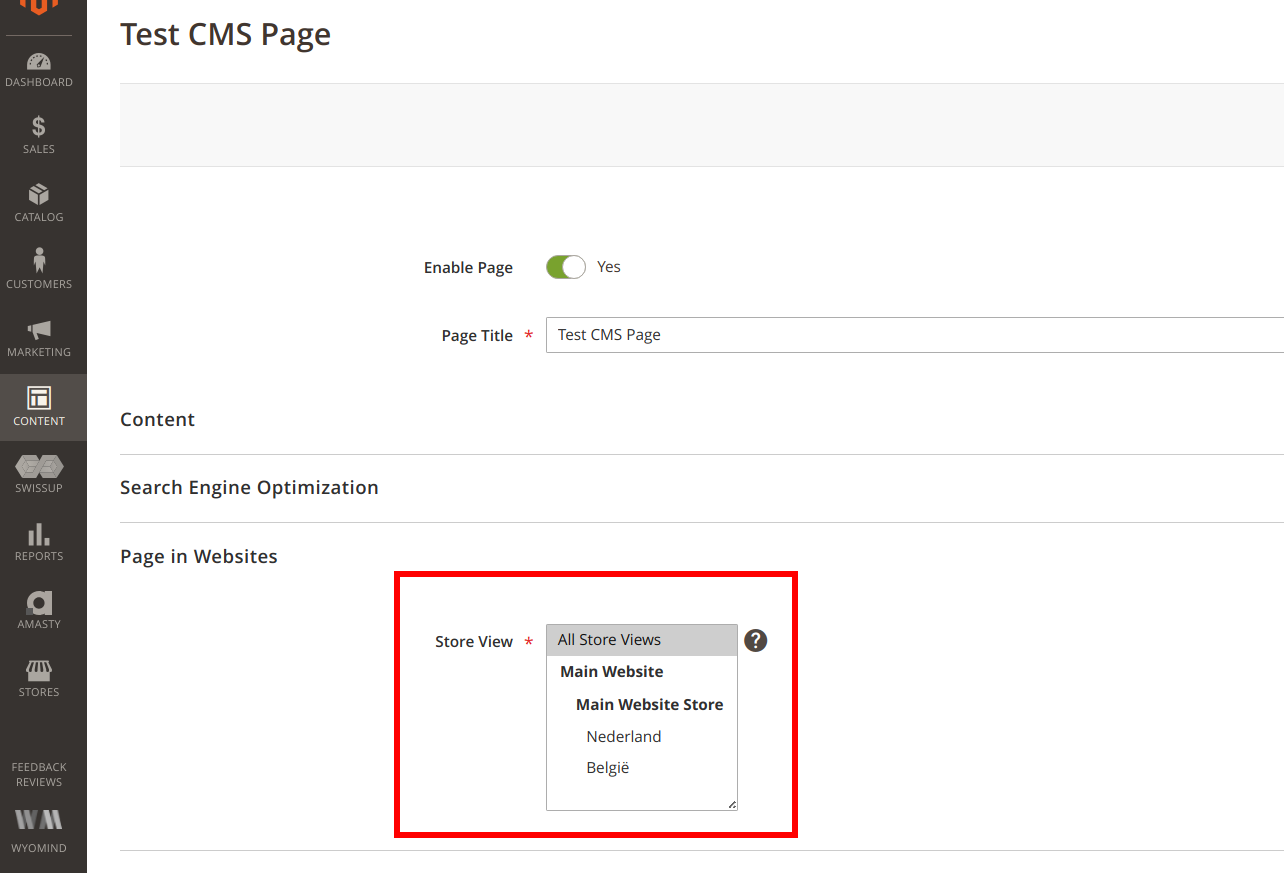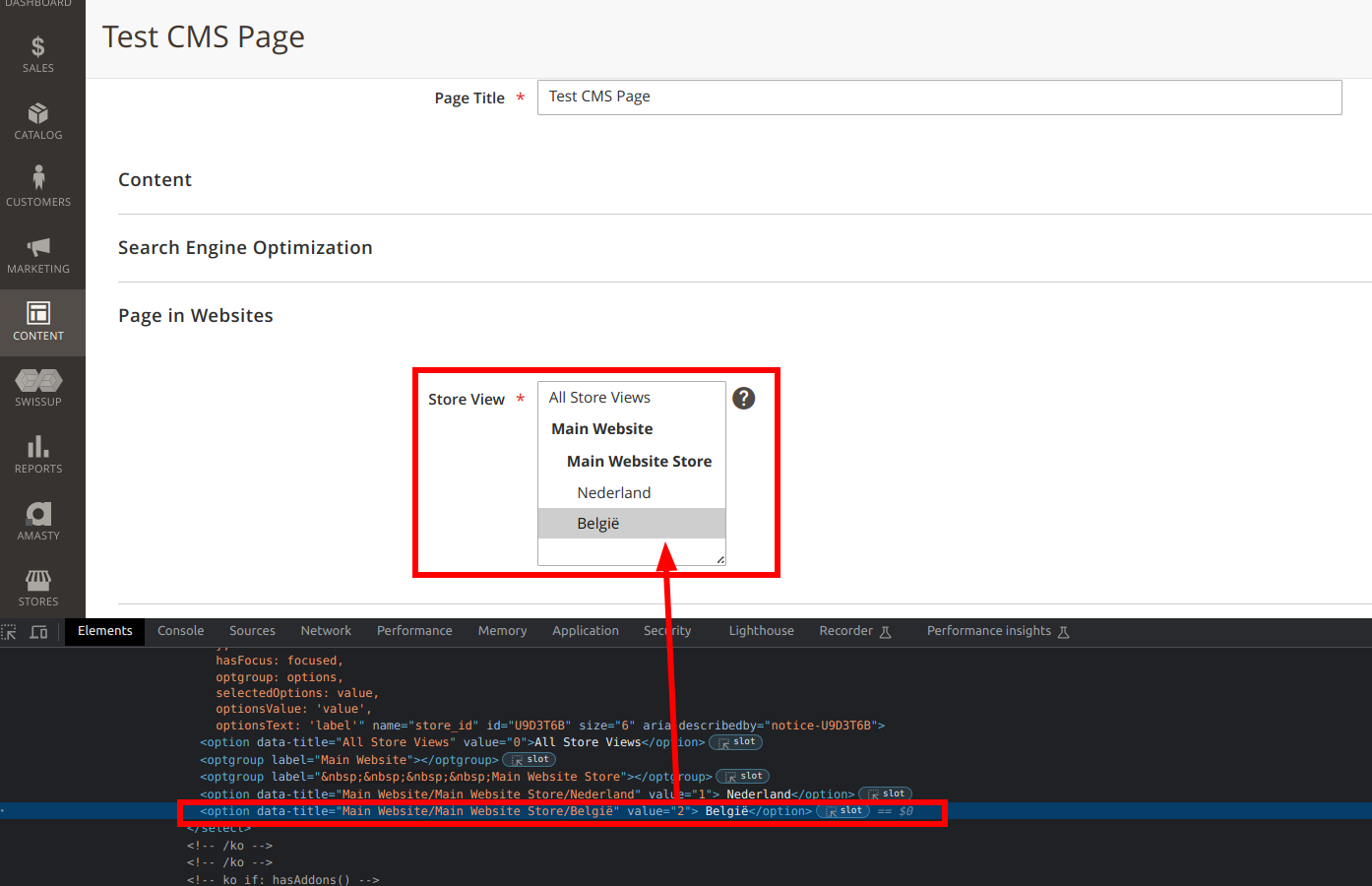Introduction
In this chapter we will create CMS-Page programmatically in the Magento 2.
But first a few words about why DataPatch.
If you are developing something for your Magento 2 client which has staging and production envirenments, the best way to do changes for admin part (like changing settings, updating attributes or modifying CMS-Blocks and CMS-pages) is to create DataPatch.
DataPatch allows you to avoid remember what and where in the admin panel you did changes. And it’s guarrantie that chnages will be 100% applied and 100% the same on both (or more) environments after deployment.
Solution
<?php
namespace Vendor\ModuleName\Setup\Patch\Data;
use Magento\Framework\Setup\Patch\DataPatchInterface;
use Magento\Framework\Setup\Patch\PatchRevertableInterface;
use Magento\Cms\Model\PageFactory;
class CreateCmsPage implements DataPatchInterface, PatchRevertableInterface
{
/**
* @var PageFactory
*/
protected PageFactory $pageFactory;
/**
* @param PageFactory $pageFactory
*/
public function __construct(
PageFactory $pageFactory
) {
$this->pageFactory = $pageFactory;
}
/**
* {@inheritdoc}
*/
public function apply()
{
$identifier = 'test-cms-page';
$page = $this->pageFactory->create();
$page->setTitle('Test CMS Page')
->setIdentifier($identifier)
->setIsActive(true)
->setPageLayout('1column')
->setStores([2])
->setContent('Oh My Gash! It\'s the programmatically created CMS-Page in the Magento 2.')
->save();
}
/**
* {@inheritdoc}
*/
public static function getDependencies()
{
/**
* No dependencies for this
*/
return [];
}
/**
* Delete block
*/
public function revert()
{}
/**
* {@inheritdoc}
*/
public function getAliases()
{
return [];
}
}
Explanation
First of all we create CMS-Page object:
$page = $this->pageFactory->create();
Then - put necessary params to it like identifier, title, content etc…
$page->setTitle('Test CMS Page')
->setIdentifier($identifier)
->setIsActive(true)
->setPageLayout('1column')
->setStores([2])
->setContent('Oh My Gash! It\'s the programmatically created CMS-Page in the Magento 2.')
And there is one interesting parameter - Stores.
The setStores method applies array of StoreView Ids - this is array of store views to which you want apply this page.
By default, if you don’t provide storeview(s) id or if you set [0], it will be applied to the all storeviews.

But, if you want to apply the page for specific storeview(s) - you should provide storeview(s) id.
$page->setStores([2]);
And the last step is to save CMS-Page
$page->save();
I hope this short article has helped you understand how to create CMS-Pages programmatically in the Magento 2.
✌️
